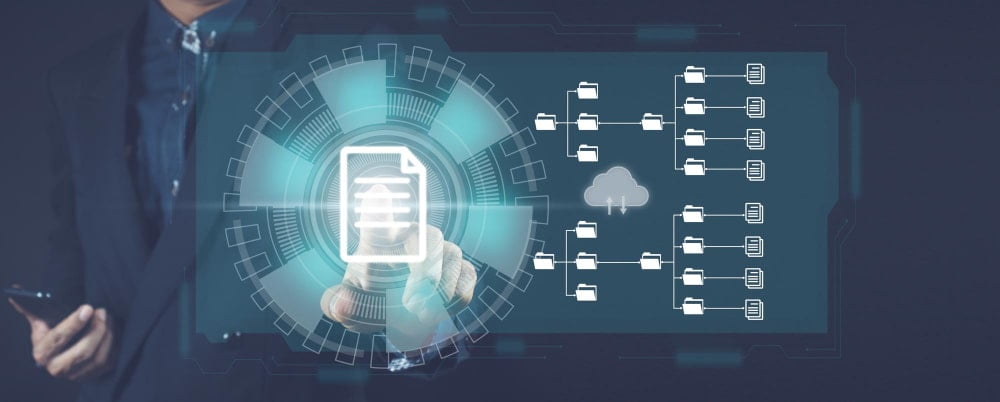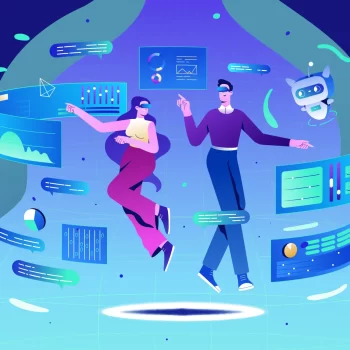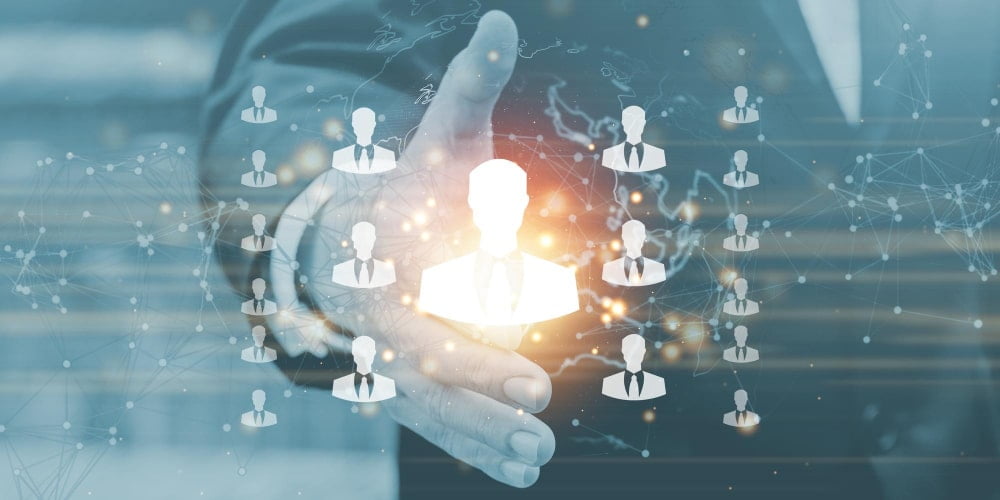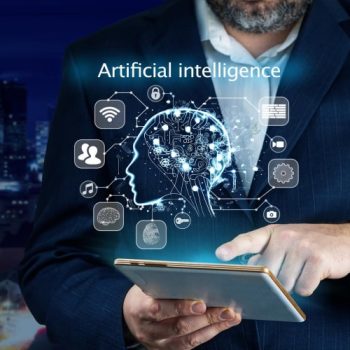Remember how people used to say, “The more things change, the more they remain the same”? Perhaps, there’s some truth to it – existentially speaking! But as far as technology is concerned, it’s more like “the more things change, the more difficult it is to return to how things were.” So, if there’s one thing the world learned about AI – it’s that progression is inevitable.
That’s why it’s no surprise that AI is already playing an invaluable role in IT Service Management (ITSM). With the exponential growth of data, complex systems, and user expectations, the need for AI’s computational power and data analysis capabilities is undeniable. The ability to swiftly process vast amounts of information, predict potential issues, and automate routine tasks was a natural fit for the dynamic nature of ITSM. A recent report has found that “Across 255 million annual contacts, 10% are intercepted by analytics, 15% – through user self-service, and 14% – by various forms of automation.”
Humans bring to the table not just technical acumen but also emotional intelligence and an innate understanding of user requirements. For instance, when a user encounters a perplexing error message or navigates through a tough-to-understand process, the human touch bridges the gap. So, this turns frustration into resolution through empathetic communication and tailored solutions.
Related blog: AI in Customer Service: Revolutionizing the Helpdesk with 10 Cutting-Edge Examples
AI-Human Collaboration in Practical ITSM Use Cases
Predictive Maintenance
- AI contribution: AI algorithms analyze historical system data to predict potential hardware failures.
- Human role: IT experts review AI-generated predictions, assess their impact on business operations, and decide on the optimal timing for maintenance to avoid disruption.
Incident Triage and Priority Assignment
- AI contribution: AI algorithms process incoming incident reports, categorize them, and assign initial priority levels based on predefined rules and historical data.
- Human role: IT personnel review AI-assigned priorities, consider the real-time business impact, and adjust if needed to ensure efficient allocation of resources.
Root Cause Analysis
- AI contribution: AI-powered data analytics identify patterns in service disruptions, helping uncover potential root causes.
- Human role: IT specialists interpret AI-driven insights, utilizing their domain knowledge to validate and further investigate root causes, leading to effective solutions.
Change Management and Risk Assessment

- AI contribution: AI algorithms analyze historical change data to predict potential risks associated with proposed system updates.
- Human role: Change managers collaborate with AI tools to review risk predictions, combining them with contextual knowledge to make informed decisions about implementing changes.
Natural Language Processing for User Support
- AI contribution: Natural Language Processing (NLP) AI engines interpret user queries and provide immediate responses based on knowledge base content.
- Human role: IT support agents utilize NLP insights to identify nuanced user needs, ensuring accurate and personalized assistance beyond automated responses.
Advantages of AI-Human Collaboration in ITSM
The convergence of AI’s computational capabilities and human cognitive depth brings forth ITSM benefits, such as:
Complete Problem Solving
By harnessing AI’s analytical capabilities alongside human intuition, ITSM teams can address complex challenges holistically. AI rapidly analyzes data patterns, while human experts provide contextual understanding, resulting in more effective problem resolution.
Strategic Service Enhancement
AI-generated insights empower human experts to strategically refine ITSM approaches. Collaboratively interpreting these insights, teams make informed decisions on resource allocation, service improvements, and long-term planning, ensuring alignment with business objectives.
Adaptive Service Optimization
AI identifies areas for service enhancement through data analysis, with human specialists evaluating AI recommendations. This joint effort results in tailored service improvements that respond to the organization’s evolving needs efficiently and effectively.
Superior Knowledge Utilization
AI captures and categorizes extensive data, which human specialists curate and enrich. This dynamic collaboration creates a valuable knowledge repository, facilitating consistent decision-making, faster problem resolution, and impactful training.
Continuous Innovation
AI accumulates insights from diverse sources and interactions, which human specialists validate and enhance. This iterative collaboration nurtures a perpetual learning and innovation culture, fostering ongoing refinement and optimization within ITSM processes.
Related blog: Navigating the Path of AI-based Customer Helpdesk Software: Challenges, Benefits & Features
The Future of AI-Human Collaboration in ITSM
- Advanced predictive analytics: AI will refine its predictive capabilities, enabling ITSM teams to proactively anticipate and mitigate potential issues.
- Cognitive automation: AI-powered automation will handle complex tasks, freeing human agents to focus on critical thinking and strategic planning.
- Hyper-personalized user experience: AI-driven insights will enable hyper-personalized user interactions, enhancing customer satisfaction and loyalty.
- Autonomous self-healing: AI will evolve to detect and resolve incidents autonomously, minimizing downtime and service disruptions.
- Ethical AI integration: Collaboration will extend to ethical considerations, where humans guide AI in decision-making processes that align with organizational values.
The collaboration between AI and humans is poised to become an even more defining characteristic within the ITSM landscape. As this symbiotic partnership advances, the potential for innovation expands, underscoring the valuable role humans continue to play in the era of AI.


















